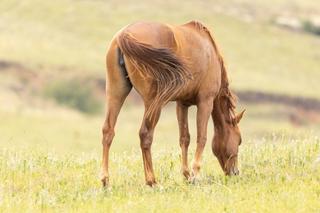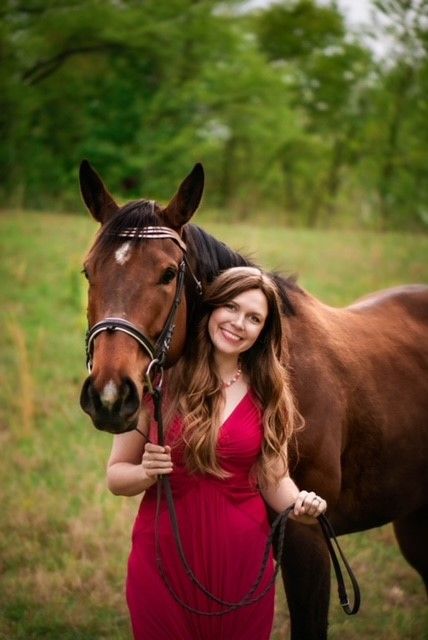Horse Owners: If ‘Rotational Deworming’ Is Out, What’s In?


A reminder to all horse owners: Rotational deworming is considered a now-outdated practice for controlling parasites in horses. The reason being, is that rotational deworming exposes parasite populations to additional treatments – therefore accelerating the selection for parasite resistance.
More than 150 species of internal parasites can infect horses and impact their health. Some of the most common include: large strongyles, small strongyles, roundworms, pinworms, hairworms, stomach worms, bots, encysted small strongyles and tapeworms. Some 90% of worms in horses come from the environment they are exposed to every day. This includes small strongyles, tapeworms, pinworms, roundworms, bloodworms and threadworms.
Equine parasites can present a number of health risks to horses, including:
- Poor nutrient absorption
- Increased risk of colic and pneumonia
- Lung damage
- Decreased performance
- Stunted growth
- Weight loss
- Poor coat condition
With such real risks, be sure your horse is on an effective deworming program that is recommended by today’s equine health experts.
Rotational deworming is out
The approach of rotational deworming – which incorporated deworming every 60 days using a different dewormer product each time – goes back more than 40 years ago. The thought, at the time, was that horses should have zero parasite eggs in their stools. An effective approach then, decades later it set horses up for parasite resistance, as the practice inadvertently selected for resistant parasites with each deworming treatment.
“Back when dewormers came out, they worked well against everything. We were able to deworm every animal with lots of success,” said Tony Hawkins, DVM, Valley Vet Supply Consulting Veterinarian. “Since then, and the introduction of rotational deworming practices, small strongyles have developed to become the larger problem, and they develop resistance more easily. To avoid contributing to further resistance, deworming recommendations had to change.”
This is what’s in (and recommended)
The American Association of Equine Practitioners (AAEP) Parasite Control Guidelines recommend deworming when parasite levels can be at their highest, during the spring and fall. Treatment for bots and tapeworms should be timed to coincide with the end of the fly season for bots and the end of pasture season for tapeworms, typically late fall or early winter.
“For foals, I recommend deworming every two months until a year old,” said Dr. Hawkins. “Foals are prone to ascarids early on, and benzimidazole dewormers (also known as ‘white dewormers’) are recommended. Yearlings and 2-year-olds should be dewormed on average three to four times per year, based on their fecal egg count results, with either ivermectin or moxidectin and praziquantel for tapeworm control in the fall.”
As a general best practice, adult horses should be treated twice yearly, during spring and fall. Adult horses should be dewormed with either ivermectin or moxidectin and praziquantel for tapeworm control in the fall.
“Many senior horses become high shedders as they age, which is expected due to diminishing immunity,” Dr. Hawkins said. ”It’s ideal to treat them as you would a normal adult horse – do an FEC and based off of that, you may be deworming them two to four times per year.”
Ask your veterinarian about performing a yearly fecal egg count (FEC), which will help guide you on the frequency of deworming treatments your horse specifically needs. Perform fecal egg count reduction test (FECRT) in both foals and adult horses every other year. In herds with high numbers of horses, FECRT does not need to be performed on all horses – six is the recommended number.
As a best practice, before deworming horses use a weight tape or digital livestock scale to dose the dewormer to their exact weight. Follow these steps for using a weight tape: Make sure the horse is standing square; place the weight tape around the horse’s heart girth; for the closest weight approximation, see the number where the tape meets; and set the paste to the correct weight to administer an accurate dose.
Dr. Hawkins recommends to “Always dose dewormers to the actual weight of the individual horse. Many horse owners do not; they just give the whole thing, thinking ‘If a little bit's good, more is better, right?’ It’s important to weigh them or use a weight tape to dose accurately.”
About the author
Aimee Elyse Robinson draws from her lifelong experience with horses and tenure as a writer in the animal health industry. Read more of her work at ValleyVet.com.
Tags:Horse Sense

Acreage Life is part of the Catalyst Communications Network publication family.














